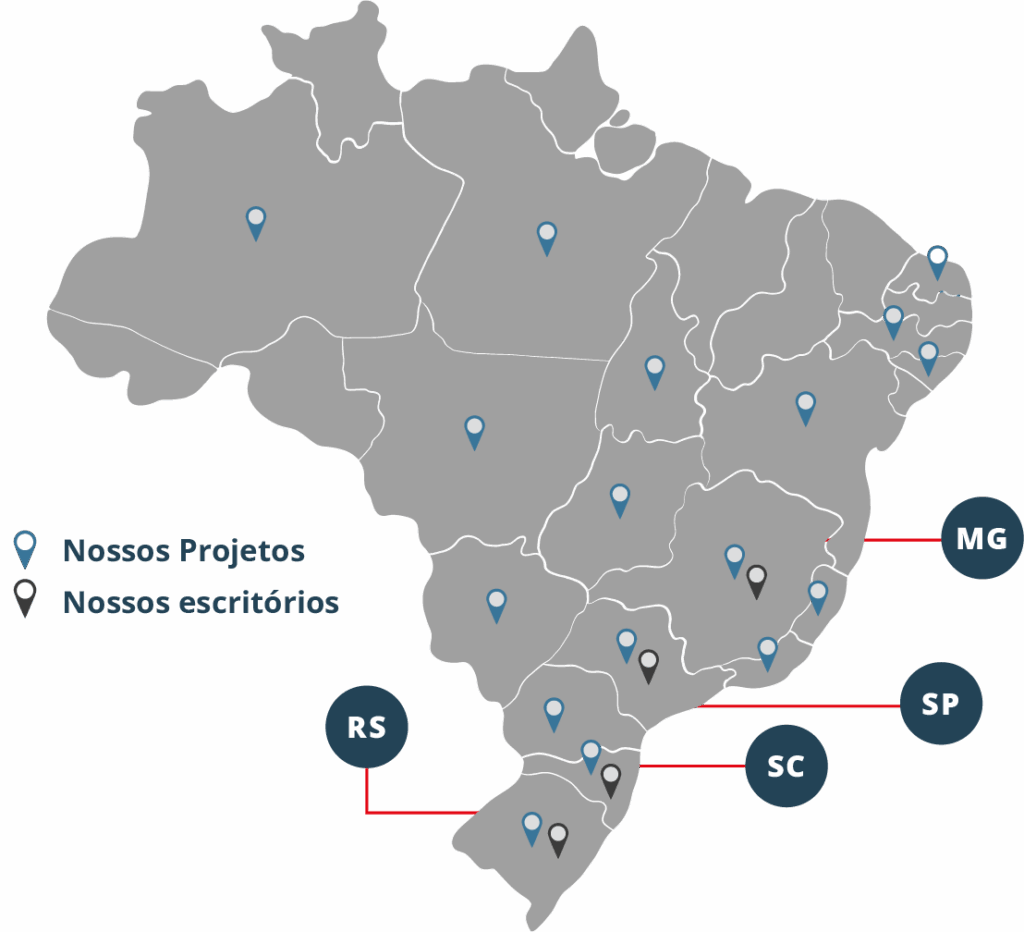Gone are the days when construction management was carried out by someone with little technical or technological knowledge. From budgeting to planning, execution, and the use of technology, the construction process has evolved significantly—and rapidly.
From the tools used to the way a project is managed, much has changed. A walk past any construction site, from small builders to large developers, reveals noticeable changes in structure and construction timelines.
Budgeting: Where It All Begins
According to SINAPI (Brazil’s National Civil Construction Index), after a significant variation in 2016, construction costs have stabilized. However, the country has not reached true cost stability, which makes reliable budgeting even more challenging.
A FIESP chart on SINAPI variation from 2014 to 2018 reinforces this point.
A study by Deloitte with construction companies reveals an average deviation of 21.7% between the estimated and actual cost of a project—highlighting the high risk posed by budget inaccuracies.
Costs: A Source of Opportunity
An important term to consider when discussing costs is stakeholders—all parties involved in the construction process. Outsourcing is common across all stages of a project, from design to final delivery, and can lead to misalignment and disorganization if not properly managed.
That’s why two areas are key within the project:
- Planning: Requires a holistic view of the project and accurate cost forecasting. It’s crucial to understand when and how materials should arrive and rely on trustworthy partners for delivery.
- Procurement: Must evaluate the cost-benefit ratio effectively. The cheapest option isn’t always the most reliable, and poor logistics can hinder the entire project timeline.
Planning: The Key to a Successful Project
Good planning goes beyond scheduling. It must also address important factors such as:
Environmental Responsibilities:
Solid waste is one of the construction industry’s biggest global issues. Managing waste is not only an environmental concern—it also has financial implications. Planning for disposal and reuse across the supply chain is both practical and cost-effective.
Labor and Social Responsibilities:
Human-centered management is increasingly important. Construction workers are also tech users, capable of adopting new methods. Considering labor rights and offering access to technology are essential to good management.
Consumer Responsibilities:
Today’s consumers expect companies to align with their values. Final delivery is no longer the only focus; the entire construction and supply process must be considered. Planning and aligning construction and marketing strategies is key to standing out in the market.
Financial Responsibilities:
Financial resources are always sensitive in any project. From fluctuating input costs to payments for teams and suppliers, financial care can determine a project’s success. That’s why using tools that enable accurate planning and real-time monitoring is essential for builders, developers, and entrepreneurs.
Scheduling: From Budget to Execution
Once planning is complete and stakeholders are aligned, it’s time to implement a payment and delivery schedule and manage the full execution timeline.
Using technologies such as BIM enables real-time monitoring of the schedule, showing which stage the project should be at—and why there may be delays—so future planning can be refined or current timelines adjusted.
Technology in the Field: From Office to Site
Digital transformation is part of our daily lives. Consider how we used to order pizza or watch TV just a few years ago. The same applies to construction.
Despite its traditional reputation, the construction sector is far from outdated. It embraces technology as a tool to empower professionals and reduce both time and cost.
Among the many available tools, BIM stands out for its ability to bring budgeting and planning closer to reality. In the 4D format, it provides a detailed visual timeline of construction stages. In 5D, it adds cost management to the model—allowing not only for planning but for full project management.
Still have questions or want to talk about technology in construction? Contact us.


